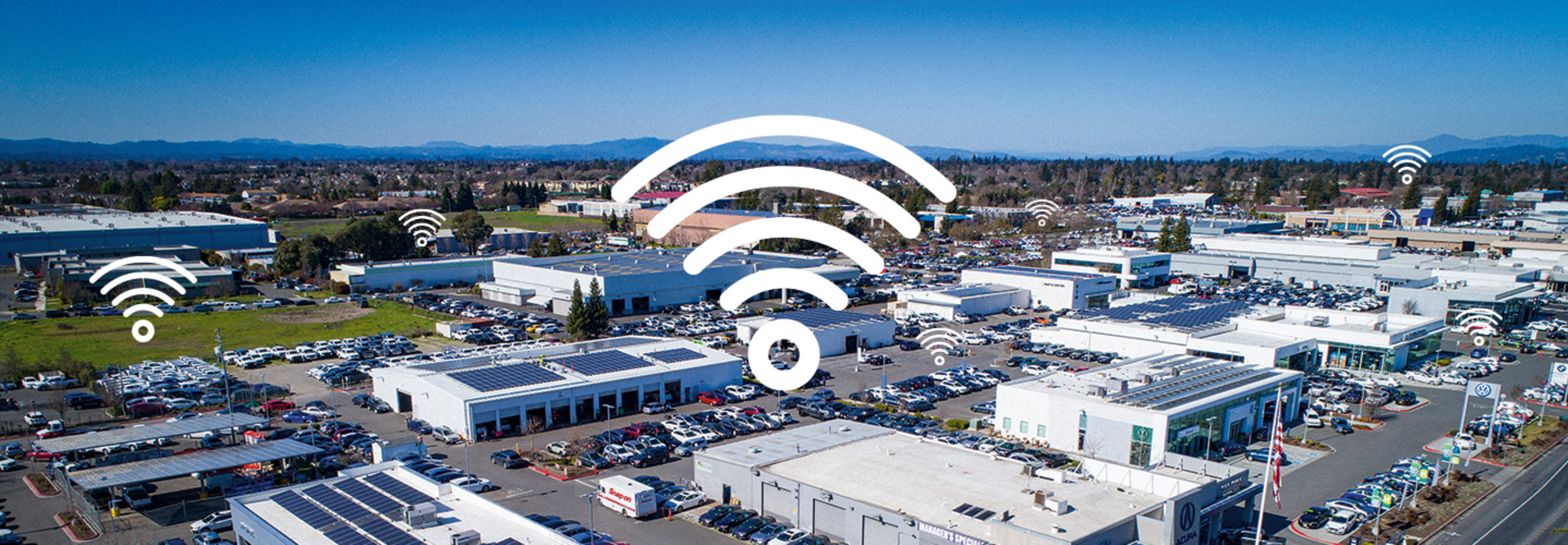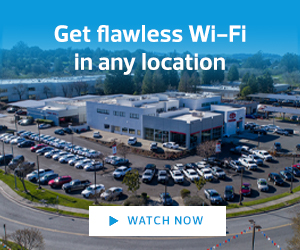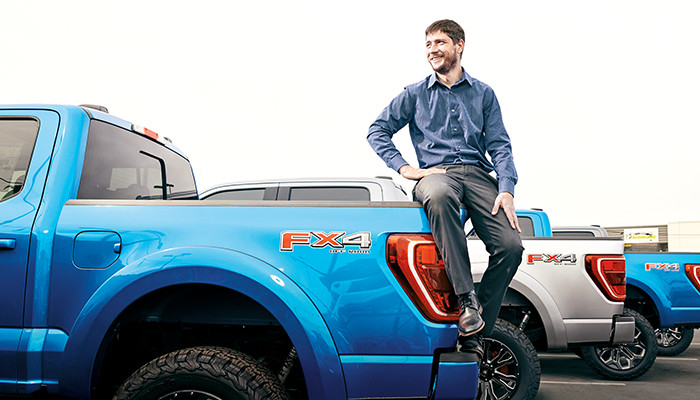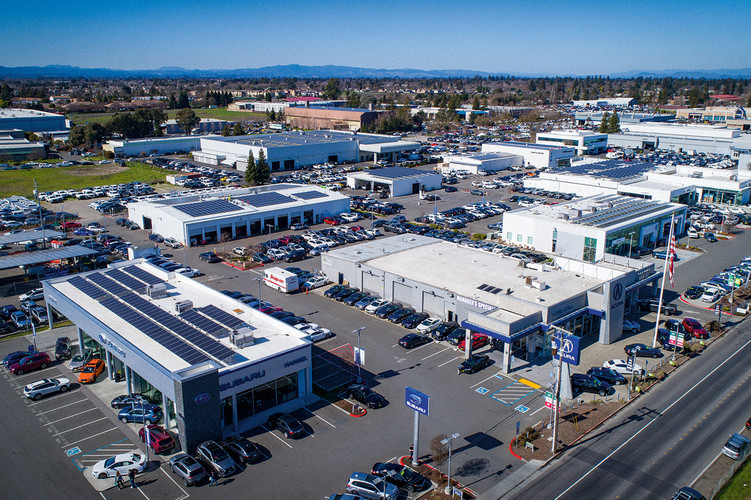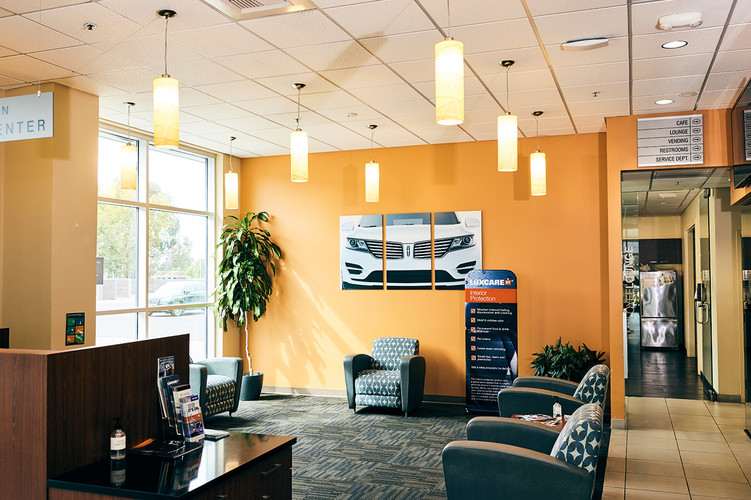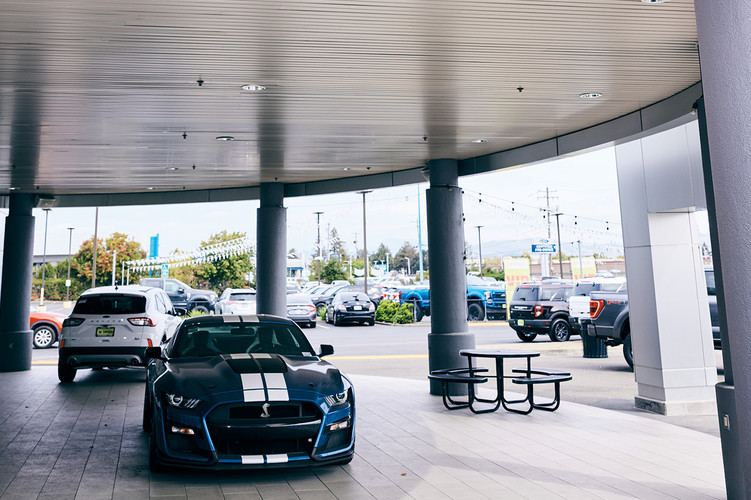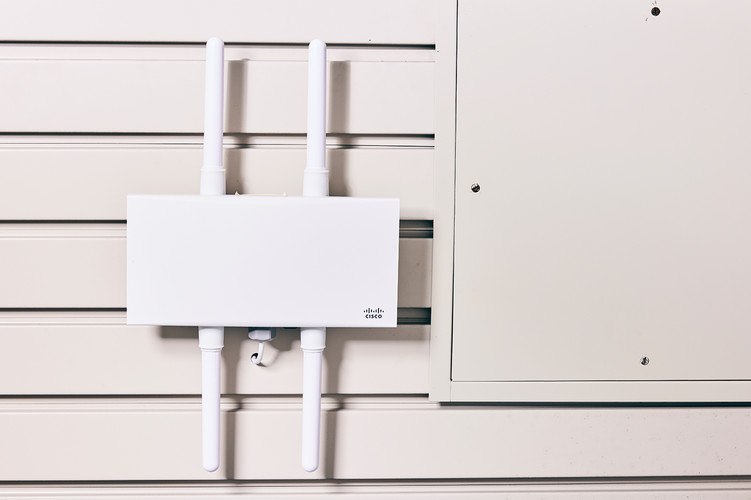Businesses are increasingly investing in wireless equipment that supports Wi-Fi 6, the latest standard, which offers faster speeds and enables higher capacity, allowing more people to connect in congested areas.
“It’s a more efficient use of the Wi-Fi spectrum, which lends itself to dense Wi-Fi environments,” says IDC analyst Brandon Butler.
Wi-Fi 6 Gets Employees Revved Up
When Demitro joined Hansel Auto Group in the summer of 2020, he inherited a network and Wi-Fi infrastructure that desperately needed to be upgraded.
At the time, a third-party provider managed the company’s switches and indoor wireless networks, made up of mostly Cisco Aironet APs running on Cisco wireless LAN controllers.
Hansel Auto wanted to expand wireless access to its outdoor sales lots, so the company installed a single outdoor Cisco Meraki AP at each location, doing away with its service provider and managing the APs itself. However, a single AP outdoors didn’t provide full wireless coverage outside, and having a disparate set of wireless networks caused compatibility problems that frustrated users.
“With the mismatch of equipment, the access points were not handing off to each other, so users would lose their connections as they walked between two APs,” says Leif Wennersten, the company’s remote systems administrator.
Employees’ biggest complaint, however, was that the Wi-Fi was too slow. Mechanics use laptops to run diagnostics on cars, but at some dealerships, they had to connect to the guest Wi-Fi, which was also used by customers to stream video on their phones while waiting for their cars to be serviced, Demitro says.



